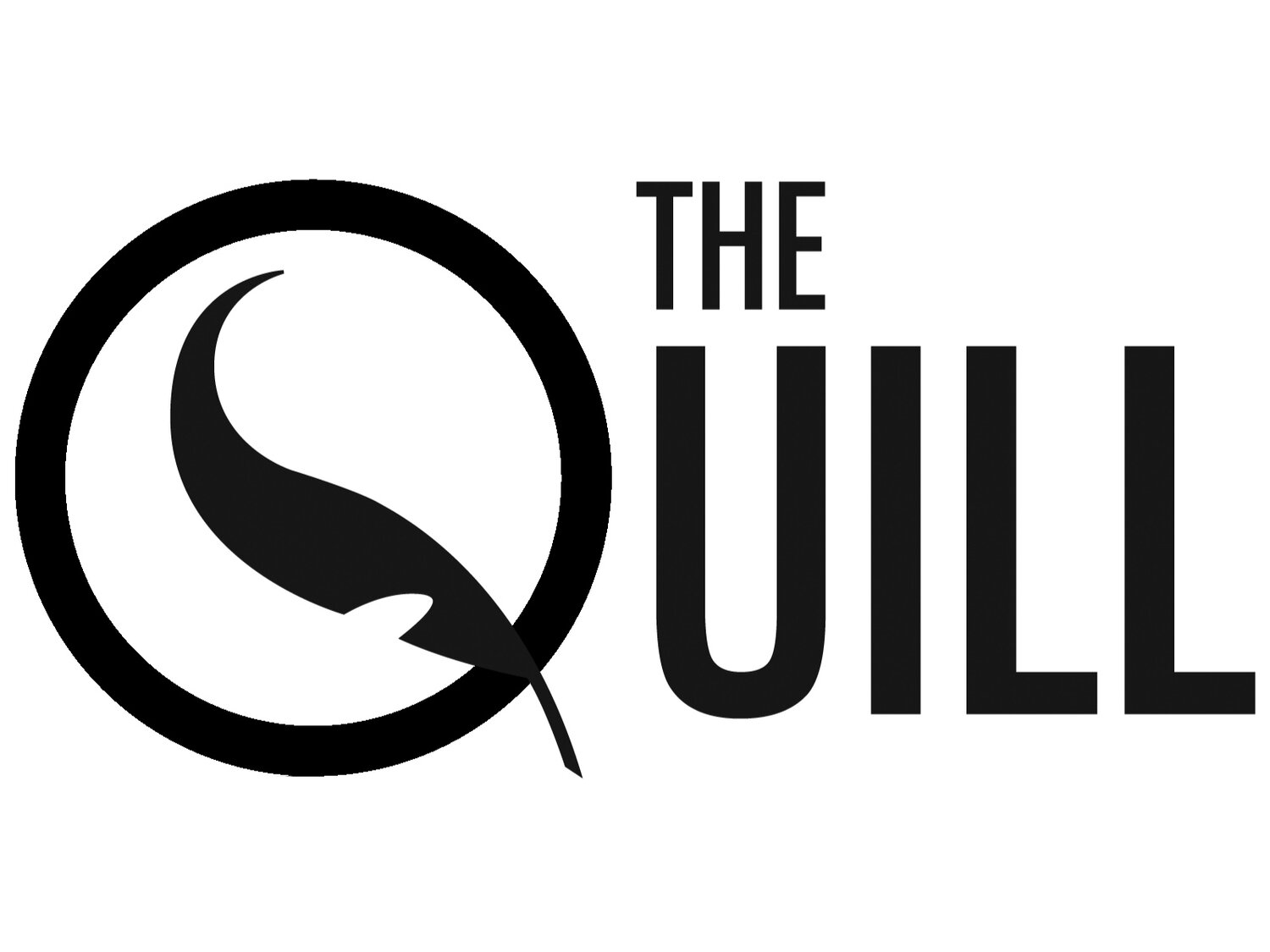Perhaps one of the most influential philosophy books ever written, Laozi’s Tao Te Ching has given rise to many life philosophies. While Tao Te Ching is not a long book, it still can take hours to understand the meaning behind each of the 81 poems. Even for physicists, modern physics manages to show itself within the book, with things that sound like Einstein’s theories of relativity and quantum mechanics, Laozi’s 2500-year-old book still has high relevance to today’s highly technological world.
The name “Tao Te Ching” is translated to mean the ‘classic ways of virtues”. Each line in the book, are like zen koans, which basically are unsolvable enigmas designed to break the brain, or make one think deeply about the world, nature, and reality. I should warn people who are thinking about reading Tao Te Ching because the book can make one become self-aware, in the sense that you will start to make notice of your actions and thoughts more than you normally would. After all, sometimes the most mind-bending thing is being shown yourself.
However, the Tao Te Ching can sometimes help people discover the meaning of life, or answers to questions like “why are we here?”. To read Tao Te Ching expecting to find answers is perhaps the most common mistake. A lot of the text in Tao Te Ching is not meant to be comprehensible, nor have definite answers to the meaning of the text. The best way to read the book is to read with no end goal or purpose. Each poem can be interpreted in different ways, each interpretation depends on the individual. It really does not matter how you interpret something from this, as long as it has meaning to you. “Art is not about perfect reproduction, it is about interpretation, identity, and ideas. Reality through your eyes… Art is, a part of you.” – N.M.
“Deem ‘heavy’ as the root of ‘light’,
Deem ‘calm’ as the leader of ‘uproar’.
Using this: sages walk all day
Without ever letting go of their heavy load,
Even while at sublime overviews,
Comfortably perched and transcendent.”

